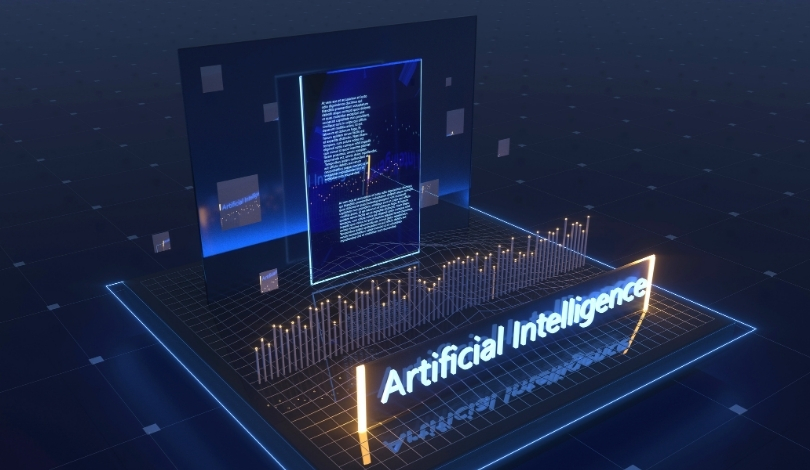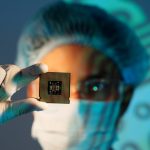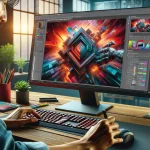A new wave of accessible AI robotics arrives with the introduction of Reachy Mini, a collaboration between Pollen Robotics and Hugging Face. Introducing elements designed for both technical and non-technical users, this compact platform seeks to encourage exploration in human-robot interaction and creative coding. The launch signals Hugging Face’s continued intention to make advanced AI research tangible and modular, providing a bridge between digital and physical experimentation for a wide user base. Developers, educators, and hobbyists can expect to engage with components that foster both hands-on learning and collaborative innovation.
In previous coverage during Pollen Robotics’ acquisition by Hugging Face, speculation centered on whether integration of AI and robotics would yield immediate consumer-facing products. Early iterations of the Reachy platform were larger and targeted primarily at institutional research. The current launch marks a clear shift toward size reduction, broader accessibility, and active community involvement. Production schedules for shipment times have also become more concrete, compared to earlier uncertainty about large-scale rollout plans.
What Features Make Reachy Mini Unique?
Reachy Mini stands out due to its compact design — measuring just 11 inches high and 6.3 inches wide, and weighing 3.3 pounds. It incorporates a motorized head and body, animated antennas, integrated camera, microphones, and speakers, which allow for expressive, multimodal interactions. The inclusion of these features is intended to support AI-powered audio-visual communication, enabling various behaviors out of the box.
How Does Open-Source Collaboration Work on This Platform?
The entire platform—hardware, software, and simulation environments—is open source, inviting users worldwide to contribute and customize. Pollen Robotics and Hugging Face emphasize a community-driven approach, where users can share code for new behaviors, troubleshooting, and instructional content. As a result, the ecosystem develops continuously through collaborative contributions.
What Are the Technical Options and Timelines?
Reachy Mini is available in two kit-based versions: Lite, and Compute. Each encourages users to assemble their own robots, deepening understanding and enabling hardware customization. The Lite version is scheduled for delivery starting late summer 2025, while the Compute version will be delivered in batches from autumn 2025 into 2026. At launch, both models will offer more than fifteen out-of-the-box behaviors, with programmability currently in Python and future support planned for JavaScript and Scratch.
The partnership allows users to leverage Hugging Face’s repository of open-source models for speech recognition, vision, and personality programming. Such integration enables a flexible, programmable environment catering to a diverse community.
“Users can leverage our open-source AI models, making every aspect of the Reachy Mini both adaptable and community-driven,” a Hugging Face representative stated.
This openness not only enhances learning opportunities but encourages the creation and sharing of new capabilities beyond the initial offering.
By launching Reachy Mini, Hugging Face and Pollen Robotics extend AI hardware into educational, development, and hobbyist environments, making sophisticated robotics more accessible. For those interested in robotics curricula, hands-on assembly, or creative AI applications, Reachy Mini provides a modular, replicable, and open platform. Existing coverage of AI and robotics products reveals that such openness in both software and hardware is rare, often limited by proprietary constraints, but here users gain deep access for custom development and learning. This approach supports not only innovation but also transparency and reproducibility in AI robotics projects. As more developers adopt and extend capabilities, the broader robotics community stands to benefit from shared insights and rapid iteration. Those considering building or deploying embodied AI systems can use Reachy Mini as both a learning tool and a stepping stone to more advanced robotics integration.










